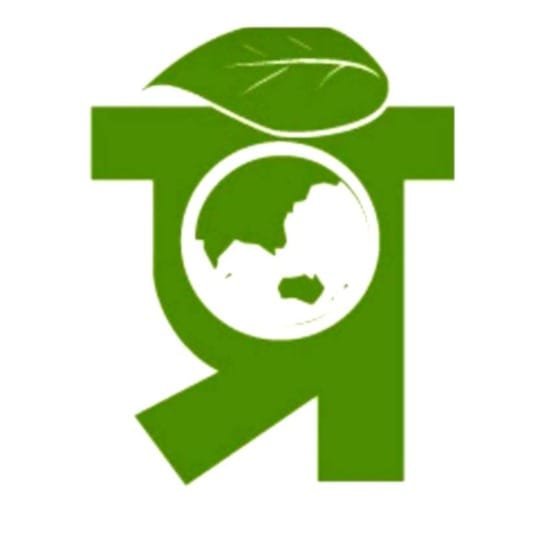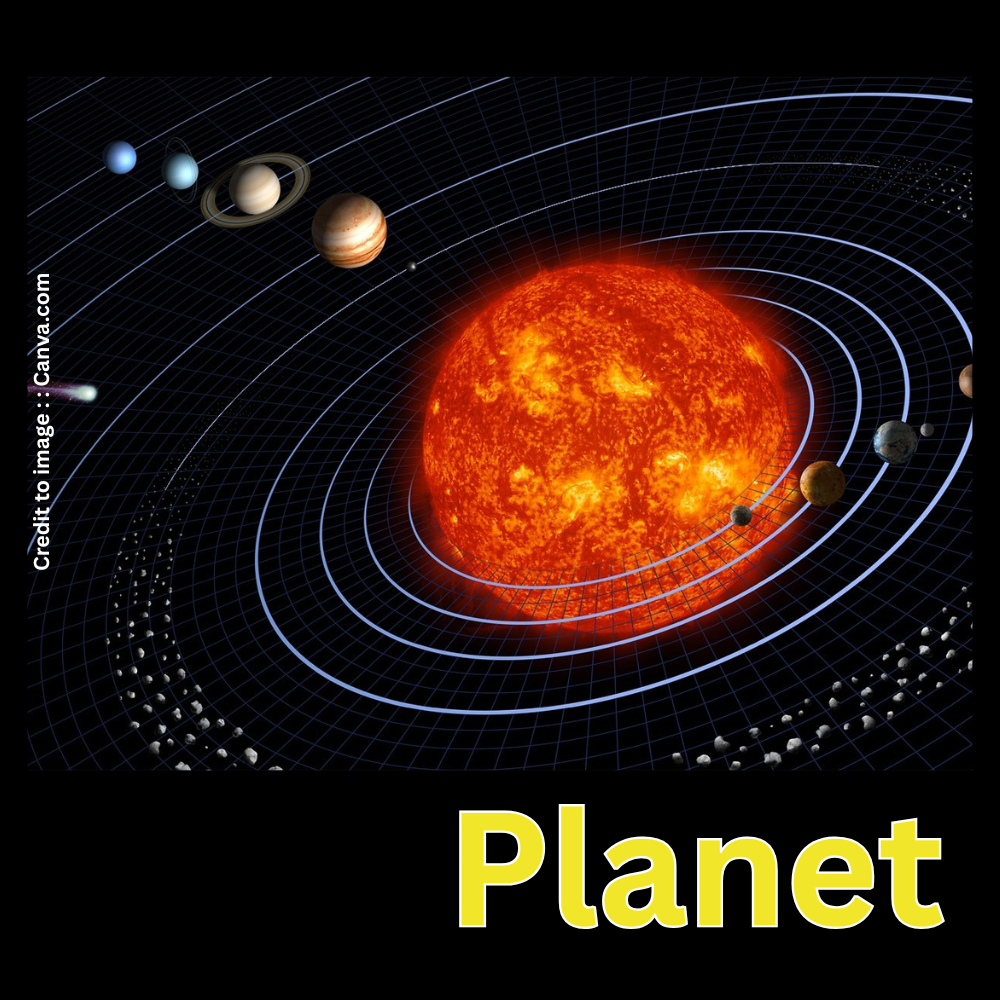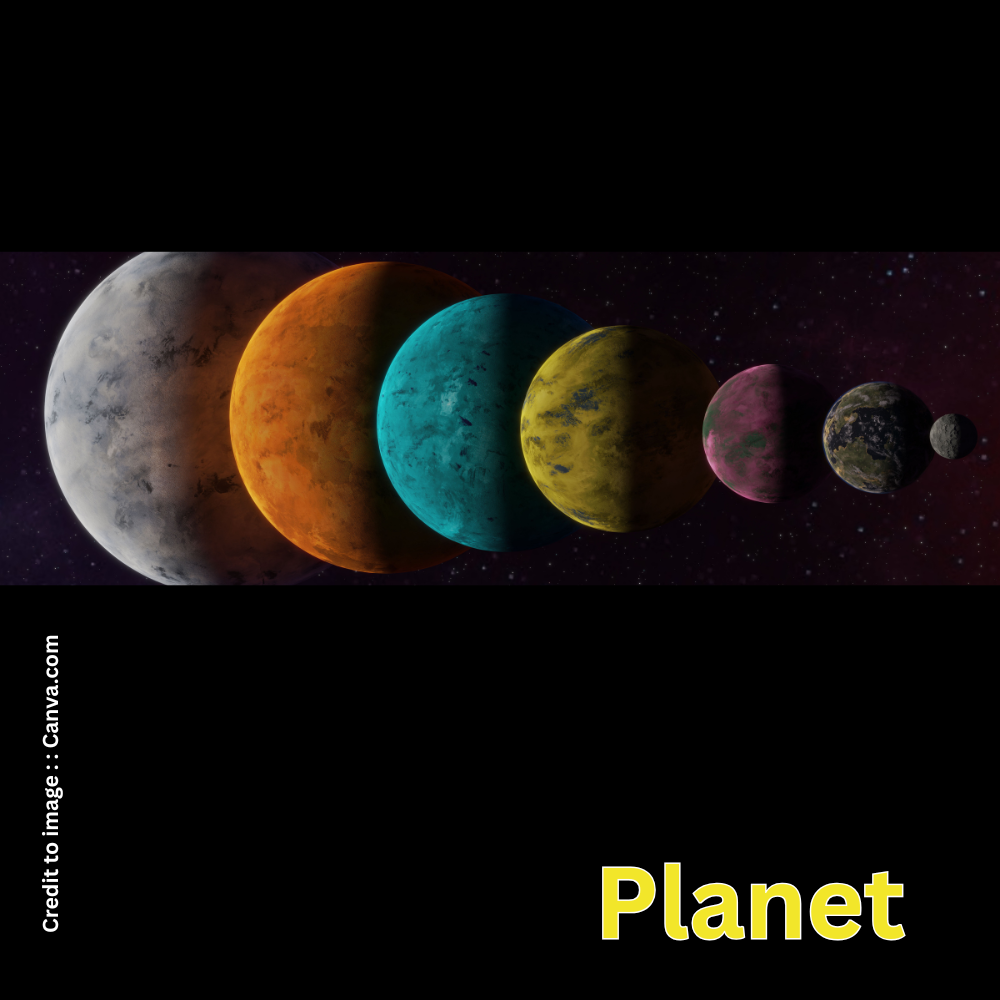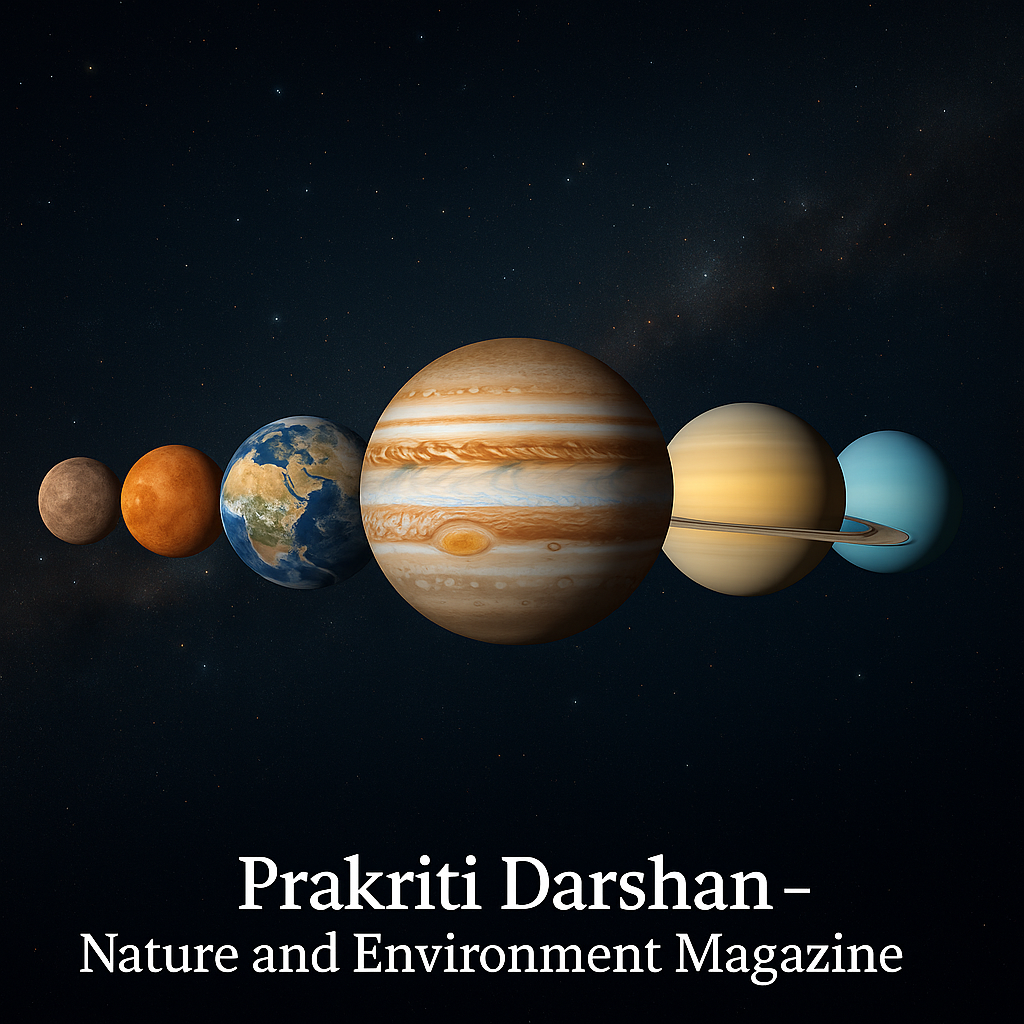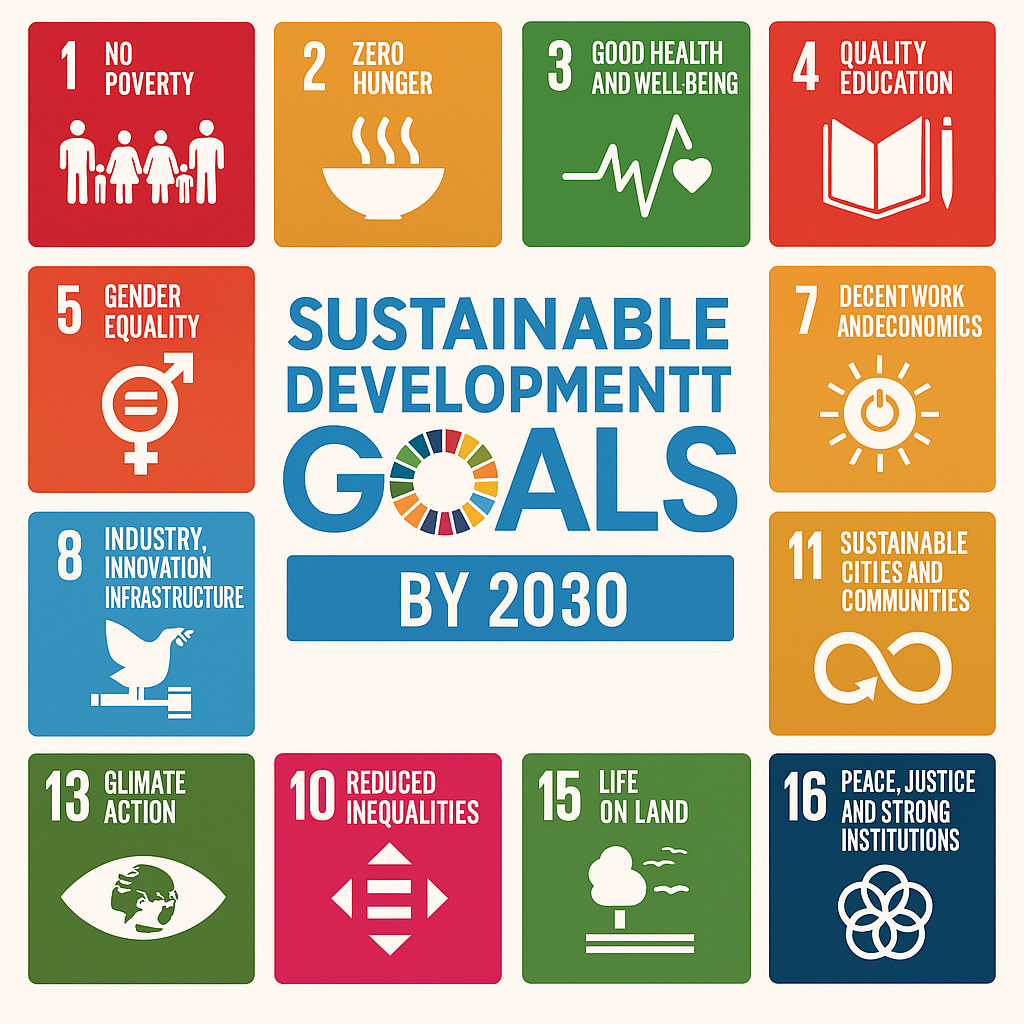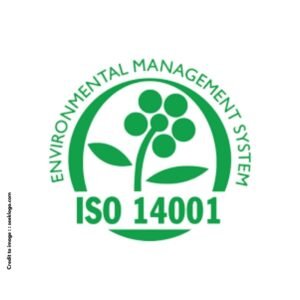The planets in our Solar System are more than just celestial bodies — they are magnificent worlds with unique identities. From Mercury’s scorching surface to Neptune’s icy winds, every planet carries clues to the origin and structure of our universe. This article provides a complete overview of all 8 major planets of the Solar System, including individual scientific data tables, a comparative chart, special features, key takeaways, FAQs, and an invitation to join our environmental and astronomical initiative through Prakriti Darshan – International Journal and Magazine on Nature and Environment.
🪐 What Is a Planet ?
A planet is a celestial body that:
Orbits a star (like the Sun),
Is spherical due to its own gravity characteristics ,
Has cleared its orbit of other debris etc. .
There are eight officially recognized planets in our Solar System, each with distinct characteristics and compositions.
🌞 A Short Description of the Solar System
Our Solar System comprises the Sun, eight planets, moons, dwarf planets, asteroids, and comets. All 8 eight planets revolve around the Sun in elliptical orbits. The inner four planets (Mercury, Venus, Earth, Mars) are terrestrial, while the outer four (Jupiter, Saturn, Uranus, Neptune) are gas and ice giants.
📊 Comparative Scientific Data Table: All 8 Planets
| Planet | Distance from Sun (Million km) | Diameter (km) | Moons | Length of Day (Earth Hours) | Length of Year (Earth Days) | Atmosphere Composition |
| Mercury | 57.9 | 4,879 | 0 | 1,408 | 88 | Oxygen, Sodium, Hydrogen |
| Venus | 108.2 | 12,104 | 0 | 2,802 | 225 | Carbon Dioxide, Nitrogen |
| Earth | 149.6 Million Km | 12,742 Km | 1 | 24 | 365.25 | Nitrogen, Oxygen |
| Mars | 227.9 Million Km | 6,779 Km | 2 | 24.6 | 687 | Carbon Dioxide, Nitrogen |
| Jupiter | 778.3 | 139,820 | 95 | 9.9 | 4,333 | Hydrogen, Helium |
| Saturn | 1,429 | 116,460 | 146 | 10.7 | 10,759 | Hydrogen, Helium |
| Uranus | 2,871 | 50,724 | 27 | 17.2 | 30,688 | Hydrogen, Helium, Methane |
| Neptune | 4,498 | 49,244 | 14 | 16.1 | 60,182 | Hydrogen, Helium, Methane |
🌐 Scientific Data Table for Each Planet
🛰️ Mercury :
| Feature | Value |
| Type | Terrestrial |
| Surface Temp | -173 to 427°C |
| Moons | 0 |
| Atmosphere | Thin exosphere |
| Magnetic Field | Present |
| Special Feature | Closest planet to the Sun |
🌕 Venus :
| Feature | Value |
| Type | Terrestrial |
| Surface Temp | ~462°C |
| Moons | 0 |
| Atmosphere | Thick; mainly CO₂ |
| Magnetic Field | Weak |
| Special Feature | Hottest planet in Solar System |
🌍 Earth :
| Feature | Value |
| Type | Terrestrial |
| Surface Temp | -88 to 58°C |
| Moons | 1 (Moon) |
| Atmosphere | Life-supporting |
| Magnetic Field | Strong |
| Special Feature | Only known planet with life |
🔴 Mars :
| Feature | Value |
| Type | Terrestrial |
| Surface Temp | -125 to 20°C |
| Moons | 2 (Phobos, Deimos) |
| Atmosphere | Thin; mostly CO₂ |
| Magnetic Field | Patchy |
| Special Feature | Known as the “Red Planet” |
🟠 Jupiter :
| Feature | Value |
| Type | Gas Giant |
| Surface Temp | -145°C |
| Moons | 95 |
| Atmosphere | Hydrogen, Helium |
| Magnetic Field | Extremely strong |
| Special Feature | Largest planet in Solar System |
🪐 Saturn :
| Feature | Value |
| Type | Gas Giant |
| Surface Temp | -178°C |
| Moons | 146 |
| Atmosphere | Hydrogen, Helium |
| Magnetic Field | Strong |
| Special Feature | Spectacular ring system |
🔵 Uranus
| Feature | Value |
| Type | Ice Giant |
| Surface Temp | -224°C |
| Moons | 27 |
| Atmosphere | Methane-rich |
| Magnetic Field | Tilted, odd orientation |
| Special Feature | Rotates on its side |
🔵 Neptune
| Feature | Value |
| Type | Ice Giant |
| Surface Temp | -214°C |
| Moons | 14 |
| Atmosphere | Methane-rich |
| Magnetic Field | Strong |
| Special Feature | Fastest winds in Solar System |
✨ Special Features of Each Planet
- Mercury: No atmosphere; extreme temperature swings.
- Venus: Spins opposite to most planets.
- Earth: Supports life and liquid water.
- Mars: Evidence of ancient rivers and oceans.
- Jupiter: Home to the Great Red Spot storm.
- Saturn: Rings made of ice, dust, and rock.
- Uranus: Axial tilt of 98° — rolls like a barrel.
- Neptune: Strongest winds recorded in the Solar System.
🔑 Key Points About Planets
- Planets are either terrestrial (rocky) or giant (gas/ice).
- They revolve around the Sun in elliptical orbits.
- Each planet has unique physical and atmospheric features.
- Planets like Mars and Europa (moon of Jupiter) are key exploration targets.
- Earth’s position, atmosphere, and water make it ideal for life.
📚 Summary
From the blazing heat of Venus to the freezing winds of Neptune, each planet tells a different story of evolution, chemistry, and cosmic design. The Solar System reflects the grand diversity of the universe and invites us to explore and protect our home — Planet Earth. With increasing interest in astronomy and space travel, understanding our neighboring worlds becomes more important than ever.
✅ Conclusion
Exploring the planets enhances our curiosity and gives us a deeper sense of our place in the cosmos. Whether you’re a student, nature lover, or space enthusiast, learning about planets is both enlightening and humbling. 🌌
Let’s educate, share, and inspire through our knowledge.
❓ Frequently Asked Questions (FAQs) :Planet :
Q1: Which planet is the hottest?
A: Venus is the hottest due to its thick CO₂ atmosphere, which traps heat.
Q2: How many moons does Jupiter have?
A: Jupiter has 95 confirmed moons.
Q3: Which planet rotates on its side?
A: Uranus rotates on its side, with an axial tilt of about 98 degrees.
Q4: Which is the smallest planet?
A: In our Solar System Mercury is the smallest planet.
Q5: Is there life on other planets?
A: No confirmed life has been found yet, but Mars and some moons like Europa may have conditions suitable for microbial life.
Q6: Why is Pluto not considered a planet?
A: Pluto was reclassified as a dwarf planet in 2006 because it doesn’t clear its orbit.
Q7: Which planet has rings?
A: Saturn is best known for its rings, but Jupiter, Uranus, and Neptune also have faint ring systems.
Q8: What makes Earth unique?
A: Earth supports life, has liquid water, and a balanced climate and atmosphere.
🌍 Join us at Prakriti Darshan – www.prakritidarshan.com
Be part of a global movement for environmental awareness, space education, and nature conservation.
✍️ Submit your articles on astronomy, planets, or the environment and get published in one of India’s leading eco-digital magazines.
📢 Share this article with students, educators, and planet lovers to spark curiosity and understanding.
🔖 References
- NASA Solar System Exploration – https://solarsystem.nasa.gov
- ESA – European Space Agency – https://www.esa.int
- Britannica Online – Planet Facts – https://www.britannica.com
- ISRO – Indian Space Research Organisation – https://www.isro.gov.in
PRAKRITI DARSHAN-NATURE AND ENVIRONMENT MAGAZINE
Prakriti Darshan is a leading Hindi-language magazine and digital platform dedicated to raising public awareness on vital issues related to nature, biodiversity, climate change, sustainable development, and environmental conservation. This magazine represents a unique blend of science, society, and sensitivity—offering a common platform for researchers, students, NGOs, policymakers, nature lovers, and conscious citizens alike.
With thought-provoking articles, inspiring stories, environmental research, impactful projects, and policy perspectives, Prakriti Darshan is a transformative journey toward a greener and more sustainable future.
Let us come together to protect and preserve our planet for generations to come. 🌿🌍
Join us in our mission to protect and celebrate the planet. 🌏💚
Click for more information
- Visit www.prakritidarshan.com for Free Magazine ,Free membership benefits ,offered price magazine @ Rs.1 or Rs.11 only and more ……
- 🎗️Sponsor Prakriti Darshan Magazine – Support our environment mission.
- 📚 Explore the Environment Magazine – Read our latest and past issues.
- ✍️ Read Editor’s Article or Blog – Insightful thoughts from our editorial desk.
- 🌱 Join Membership – Be part of India’s leading green community.
- 🤝 Become an NGO Impact Story Partner – Share your grassroots impact nationwide.
- 🏢 Become a Company Partner – Showcase your CSR, ESG, or sustainability work.
- 👤 Become an Individual Partner – Volunteer, write, and raise your green voice.
- 📢 Advertise with Us – Reach eco-conscious readers across India.
- Eco Trails Newsletter
- Donate for “Hari Ho Vashundhara & Har school Hariyali “ Plantation campaign Associated Partner NGO :GDSS NGO www.gdssngo.org
BALA DATT SHARMA,
MANAGING EDITOR ,
PRAKRITI DARSHAN-NATURE AND ENVIRONMENT MAGAZINE
- Eco Friendly Lifestyle: Practical Tips, Benefits, and Global Impact - September 7, 2025
- ISO 14001 – Global Standard for Environmental Management - September 7, 2025
- Methane and Methane Emissions from Abandoned Fossil Fuel Infrastructure: Global Data, Climate Impact, and Mitigation Strategies - September 2, 2025

